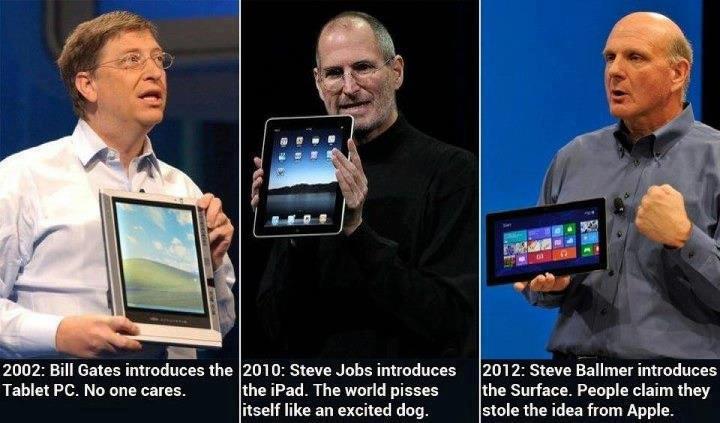The New iPhone (5)-Photos

Now the only think we have to bet on next Apple iPhone is the "name". Here are some mockup photos of iPhone5.

Now the only think we have to bet on next Apple iPhone is the "name". Here are some mockup photos of iPhone5.

Download spec sheet


The new iPad is now available on Apple Store. There are rumors that Apple is recycling the iPhone 4 camera. The CPU is new A5X, builded on Samsung labs and designed by Apple. Disassembling photos are provided by iFixit.

The webOS 3.0.4 SDK contains the libraries necessary to do both JavaScript development and C/C++ development. For JavaScript development, the SDK includes the command line tools needed to package, download, and debug applications, as well as sample code, reference code,…

Finally the official Messenger Apps comes for iPhone. Microsoft has published the Windows Live Messenger on iTunes, and Apple approved it. There was various methods and apps to use Windows Live Messenger on iPhone, but let have a look to…

Apple WWDC 2009 Keynote: (photos by engadget)